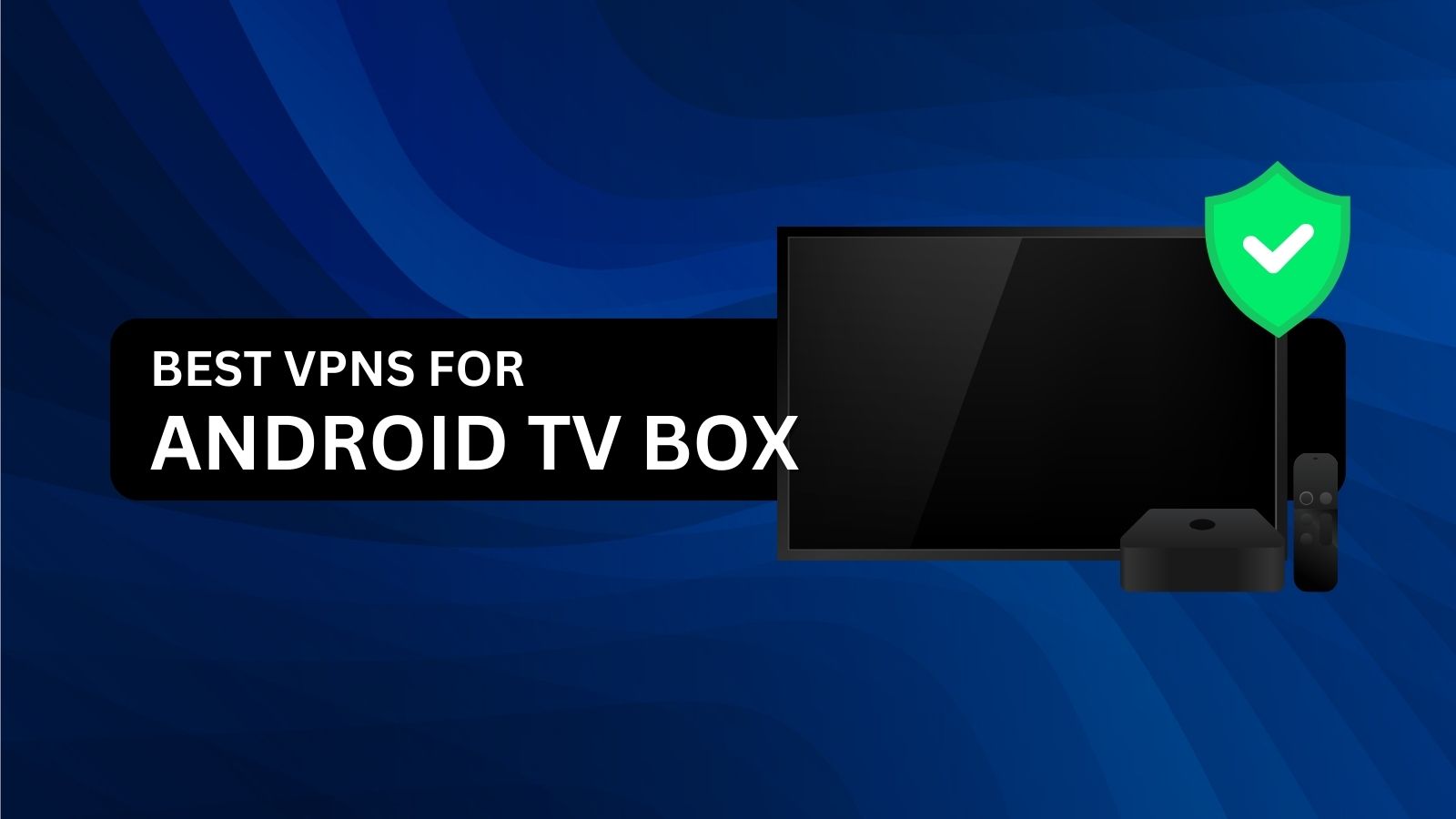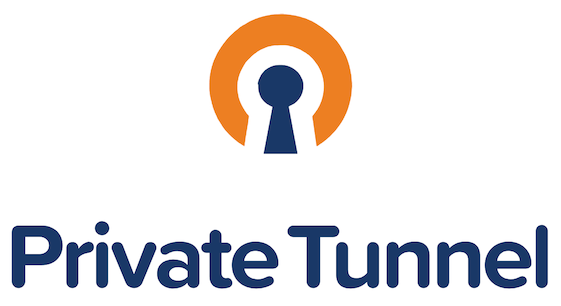The Science of Porn Addiction and How Porn Addict Anonymous Tackles It
Porn addiction is a modern struggle, fueled by the widespread availability of explicit content online

Porn addiction is a modern struggle, fueled by the widespread availability of explicit content online. While not officially classified as a substance addiction, its effects on the brain mirror those of drugs or alcohol, making it a serious and often misunderstood issue. The science behind porn addiction reveals how it impacts the brain, why it’s so difficult to overcome, and how programs like Porn Addict Anonymous (PAA) provide a path to recovery.
The Science of Porn Addiction
Porn addiction is primarily a behavioral addiction, rooted in the brain’s reward system. Viewing pornography triggers the release of dopamine, a neurotransmitter associated with pleasure and motivation. Over time, repeated exposure to pornography can hijack this system, leading to compulsive use and a cycle of dependency.
1. Dopamine Dysregulation
The high dopamine spikes caused by pornography consumption create an artificial reward that the brain begins to crave. With continued exposure, the brain’s dopamine receptors become desensitized, requiring more extreme or frequent stimuli to achieve the same level of satisfaction. This process, known as tolerance, mirrors the neurological effects seen in substance addiction.
2. Neural Pathways and Habit Formation
Porn addiction strengthens specific neural pathways in the brain, making the behavior feel automatic. Every time an individual engages in compulsive viewing, these pathways are reinforced, making it harder to break the habit. This is why triggers—such as stress, boredom, or even curiosity—can lead to relapse, as the brain associates these states with the behavior.
3. Impaired Prefrontal Cortex Function
The prefrontal cortex, responsible for decision-making and impulse control, can become impaired in those addicted to pornography. This makes it harder for individuals to resist urges, even when they recognize the negative consequences of their actions.
4. Emotional and Psychological Impact
Beyond the neurological changes, porn addiction often contributes to feelings of shame, guilt, and isolation. These emotional states can further drive the addictive cycle, as individuals turn to pornography as a way to escape or self-soothe.
How Porn Addict Anonymous Tackles Porn Addiction
Porn Addict Anonymous addresses the complex nature of porn addiction with a holistic, peer-supported approach. Rooted in the 12-step model, PAA provides a structured framework that helps individuals break free from compulsive behaviors, rewire their brains, and rebuild their lives.
1. Acknowledging the Addiction
The first step of PAA is admitting the addiction and its impact. This step is critical, as denial often prevents individuals from seeking help. By confronting the reality of their behavior in a supportive environment, members can begin the journey to recovery.
2. Rewiring the Brain Through Abstinence
Abstinence from pornography is a cornerstone of recovery in PAA. By avoiding triggers and refraining from viewing pornography, individuals give their brains time to heal. This process, often referred to as “rewiring,” allows dopamine receptors to recover and weakens the neural pathways associated with addiction.
3. Building Accountability
Accountability is a powerful tool in breaking the cycle of addiction. PAA fosters accountability through group meetings and sponsorship, where members regularly check in and share their progress. This system helps individuals stay committed to their recovery and provides a safety net during challenging moments.
4. Developing Coping Mechanisms
One of the goals of PAA is to equip members with healthy coping strategies to replace their reliance on pornography. Members learn to identify triggers and develop alternative ways to manage stress, boredom, or negative emotions. Activities such as mindfulness, exercise, and creative hobbies are encouraged as part of the recovery process.
5. Addressing Underlying Issues
Porn addiction often stems from deeper emotional or psychological issues, such as trauma, anxiety, or low self-esteem. PAA encourages members to explore these root causes, often through therapy or personal reflection, as part of their recovery journey. The program’s emphasis on honesty and self-awareness helps individuals uncover and address these underlying factors.
6. Fostering a Supportive Community
Recovery is rarely a solo journey. The group meetings and peer support in PAA create a sense of belonging and understanding that combats the isolation many addicts feel. Sharing experiences with others who understand the struggle fosters hope and inspires individuals to stay committed to their goals.
The Power of Community and Commitment
The science of porn addiction shows that breaking free requires more than willpower; it demands a comprehensive approach that addresses both the brain and the heart. Porn Addict Anonymous combines science-backed principles like accountability and habit replacement with the emotional support of a compassionate community.
While recovery is never easy, the PAA framework provides individuals with the tools and resources they need to overcome addiction and reclaim control of their lives. By tackling the neurological, emotional, and behavioral aspects of addiction, PAA not only helps individuals heal but also empowers them to build a healthier, more fulfilling future.
Breaking the cycle of porn addiction is possible with the right support, and Porn Addict Anonymous stands as a beacon of hope for those ready to take the first step toward recovery. Through science, structure, and community, PAA transforms lives and proves that healing is always within reach.
What's Your Reaction?






















